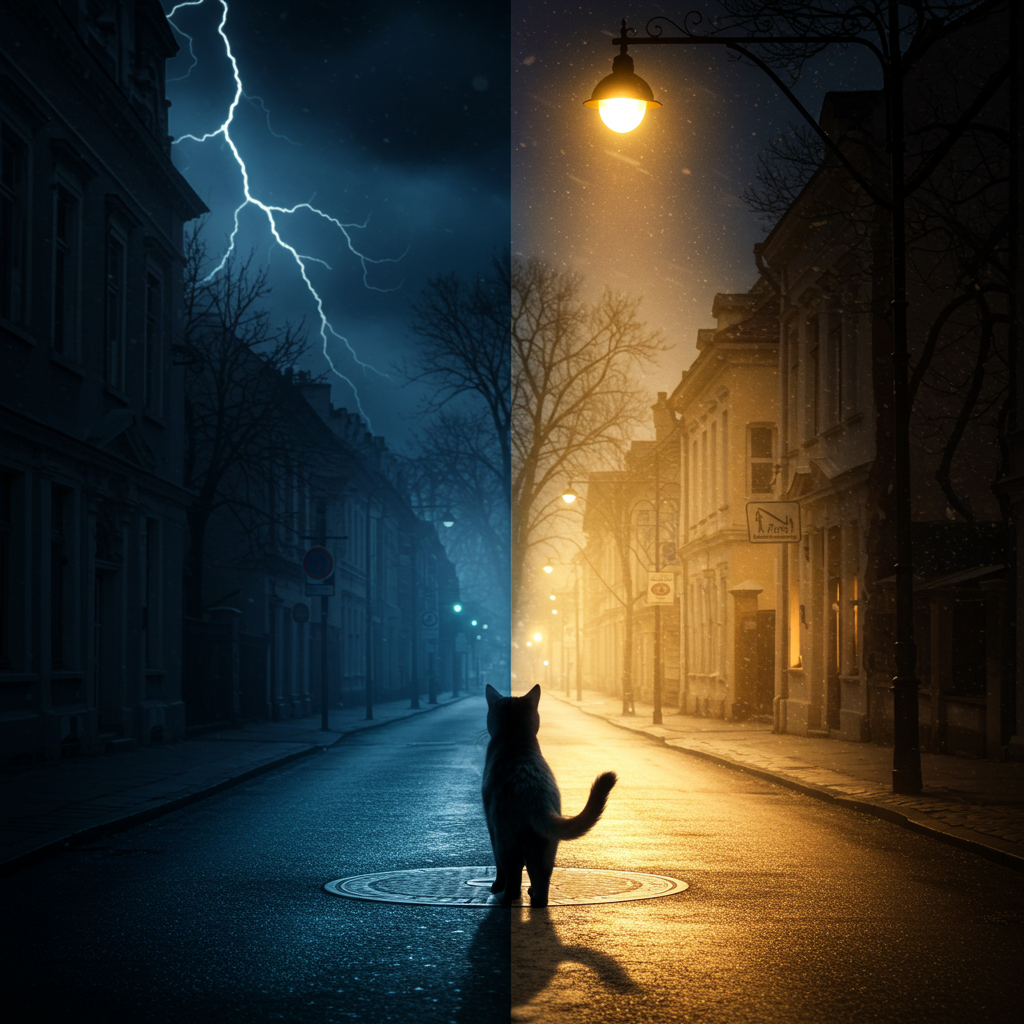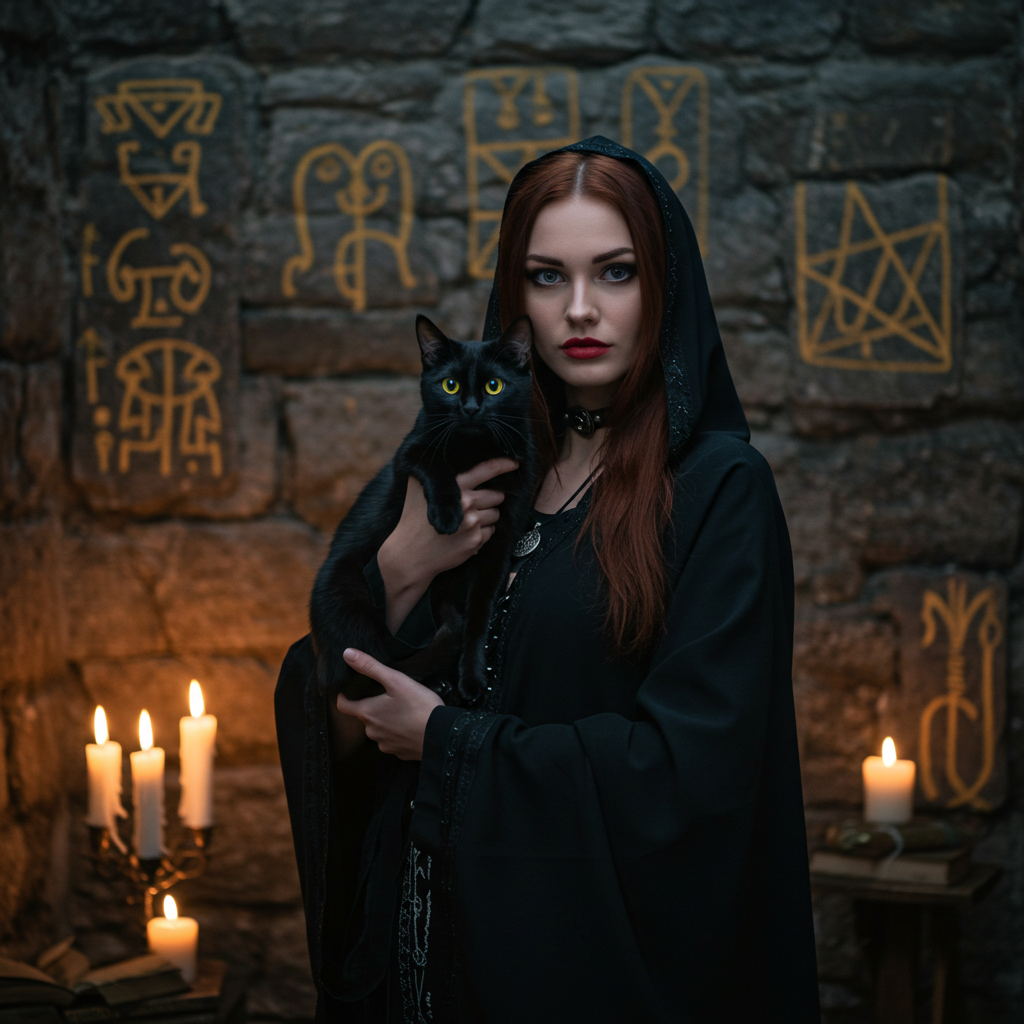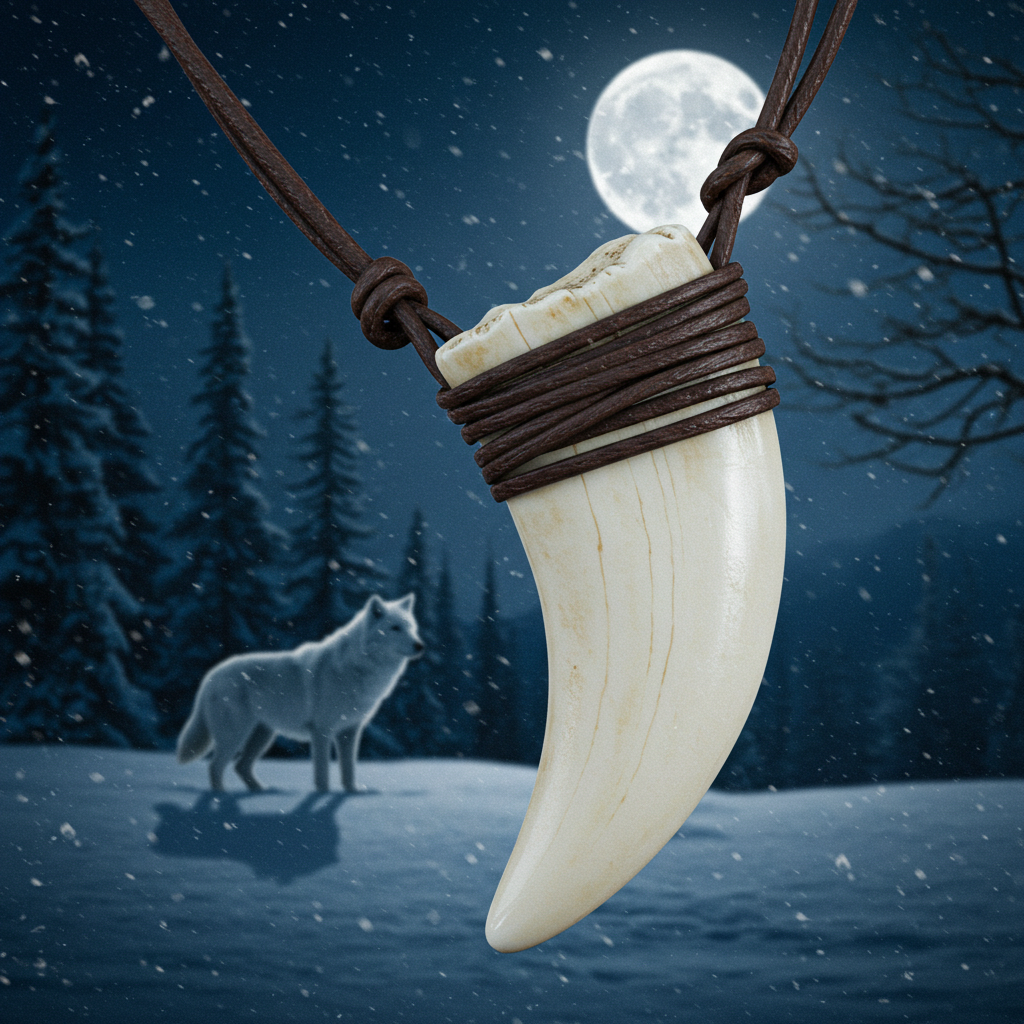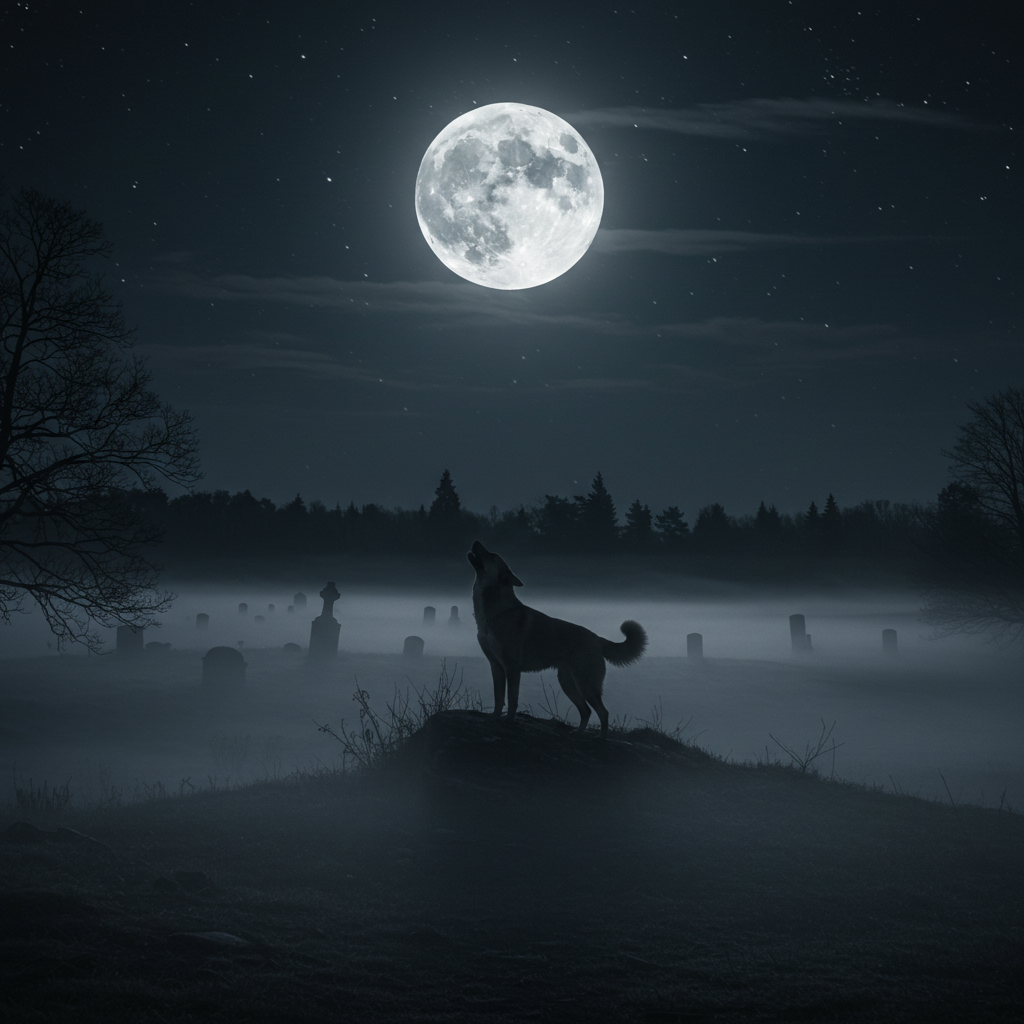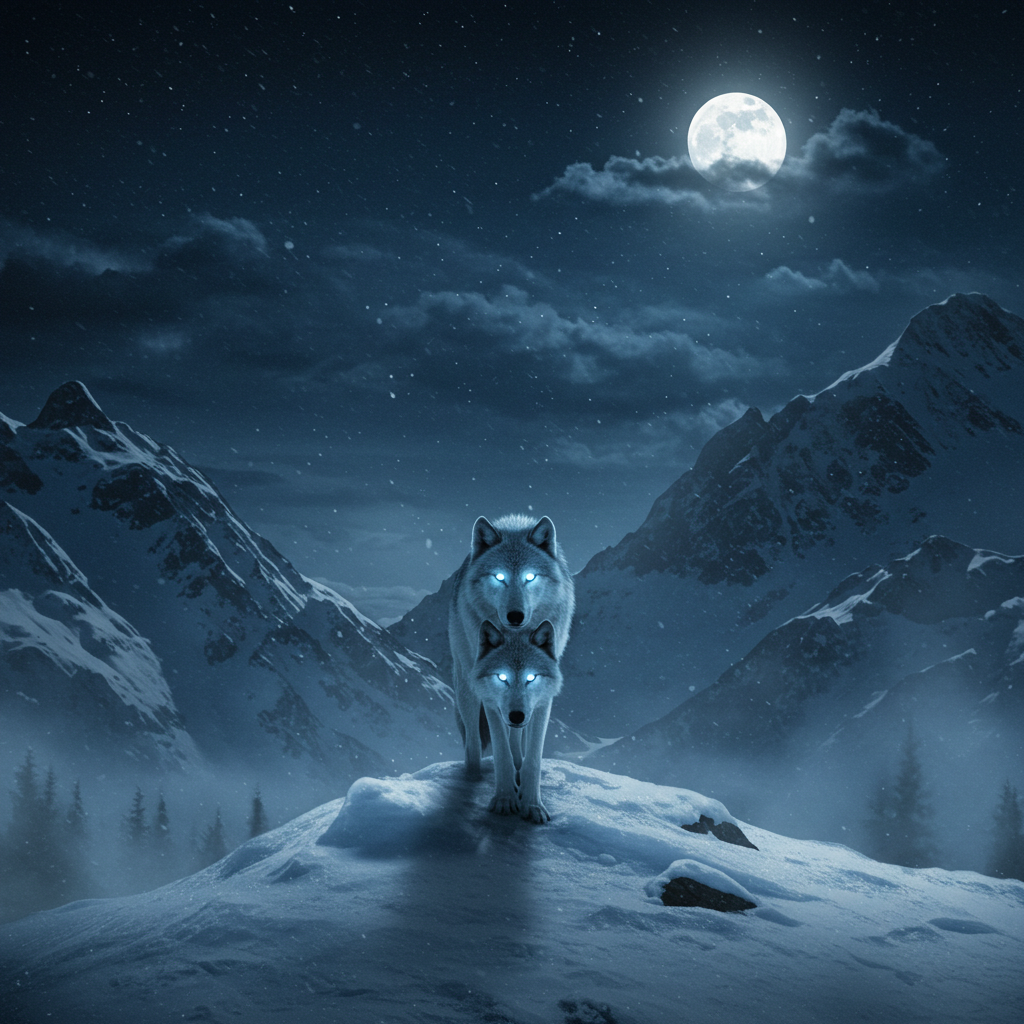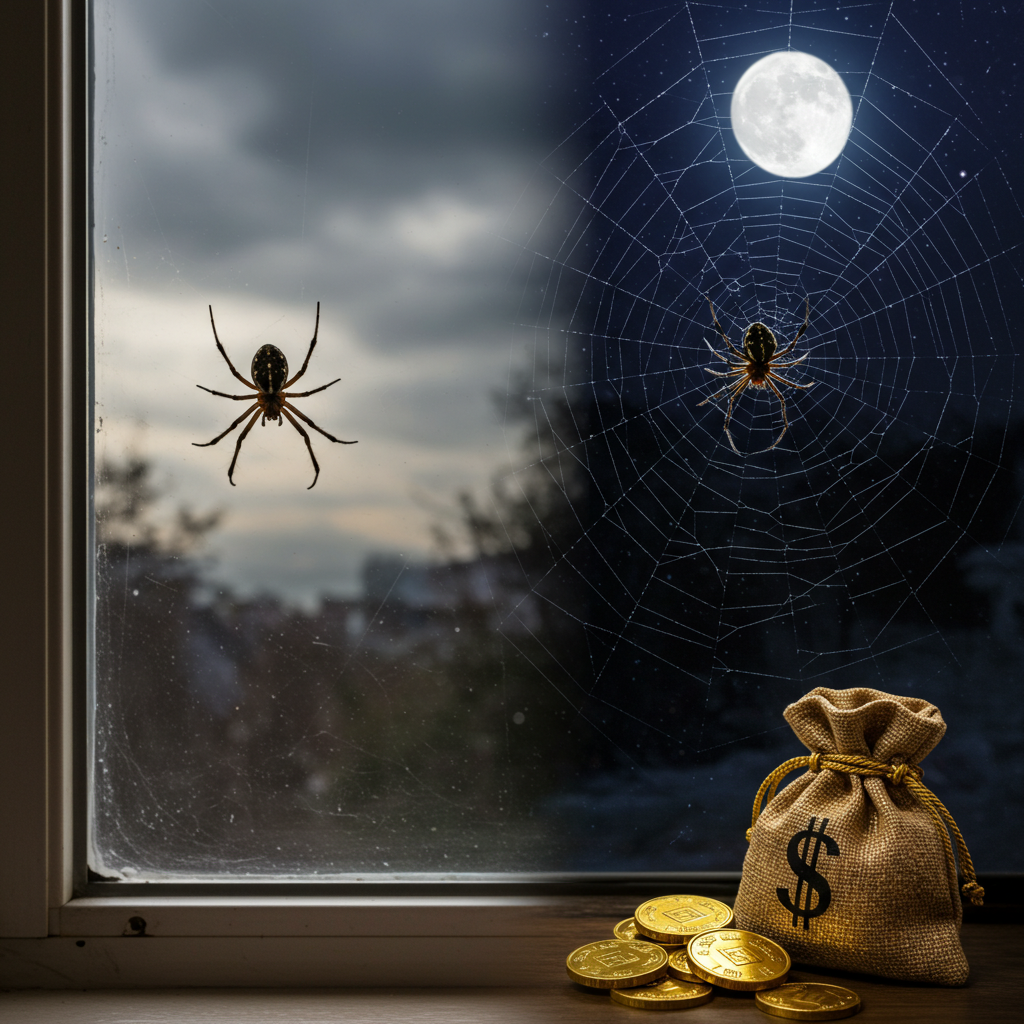According to diverse cultural traditions, seeing a black cat is believed to bring either good or bad luck, with interpretations varying widely by geography and historical context. In Western Europe and North America, black cats—especially those crossing one’s path from left to right—are often considered omens of misfortune, stemming from associations with witchcraft and malevolent spirits. However, in Japanese, British, Scottish, and many maritime traditions, black cats are considered auspicious symbols of luck, prosperity, and protection.
The fortune or misfortune attached to an encounter often hinges on specific details: the direction the cat crosses; whether the cat approaches the individual or flees; the time of day or night; and whether the animal makes direct eye contact. In some Western cultures, the black cat is unlucky for passersby but lucky for owners, adding another layer of nuance to the superstition.
